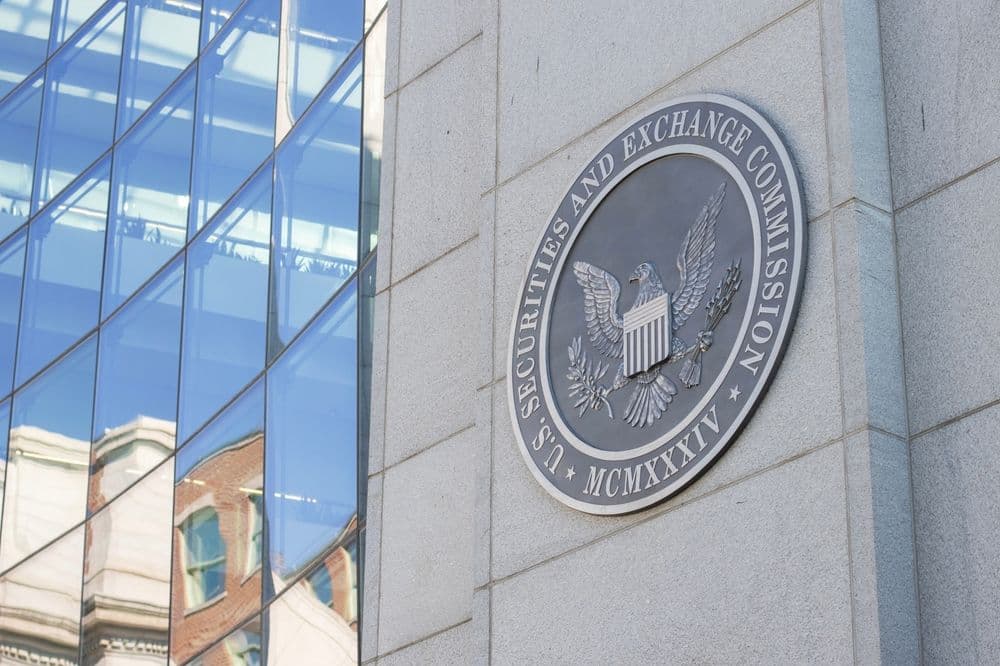 Kazakhstan breaks new ground as Bybit powers stablecoin payments for AIFC regulatory fees. (Shutterstock)
Kazakhstan breaks new ground as Bybit powers stablecoin payments for AIFC regulatory fees. (Shutterstock)AFSA’s pilot initiative, revealed at the Astana Finance Days 2025 conference, marks a pioneering regulatory framework. Under this new model, licensed digital asset service providers such as Bybit act as agents, handling payments in stablecoins and then converting and remitting the equivalent fiat amount to AFSA’s bank account. This is believed to be the first occasion in the region where stablecoins are integrated directly into public-sector regulatory processes.
Bybit Kazakhstan fast-tracked its participation by becoming the first signatory of the multilateral memorandum of understanding (MMoU) that enshrines the process, underscoring both its technical readiness and regulatory trustworthiness.
The collaboration introduces two innovations that bring new efficiency to the payment process. A customized Bybit QR Pay interface enables streamlined submission of payments via scanning, and a dedicated stablecoin wallet for invoicing enhances both operational transparency and efficiency. These technologies are designed to reduce delays and overheads traditionally associated with fiat transfers, while aligning with modern digital asset infrastructure.
Bybit’s Chief Operating Officer, Mazurka Zeng, emphasized the significance of the partnership, stating: "Bybit Kazakhstan is honored to stand alongside AFSA in shaping a regulatory-first model for stablecoin adoption. As the first MMoU signatory, we see this as a strategic milestone that reflects both AFSA's forward-looking vision and the trust placed in Bybit to deliver compliant, secure, and frictionless payment solutions. Together, we are building an infrastructure that empowers entrepreneurs, consumers, and businesses to capture borderless opportunities in the stablecoin-powered financial future."
AFSA’s Chief Executive Officer, Evgeniya Bogdanova, highlighted the broader significance of the pilot, remarking: "Stablecoins are reshaping global finance, and by accepting regulatory fees in USD-pegged stablecoins we make the AIFC faster, more open, and firmly connected to the future — offering participants a modern, reliable way to grow within a trusted regulatory framework."
The initiative represents a significant modernization of regulatory payments. By enabling stablecoin-based transactions, Kazakhstan steps into a select league where public sector operations embrace blockchain-native solutions. Businesses and institutions can transition from slow, fee-heavy fiat methods to faster, more cost-effective, and cryptographically transparent alternatives.
The initiative reinforces the AIFC’s role as a regional innovation hub. Launched in 2018, this special jurisdiction has registered over 4,000 companies from more than 80 countries, including global firms like KPMG, Binance, and Bybit. By integrating stablecoin payments for regulatory fees, the AIFC moves toward blockchain-enabled modernization, potentially offering faster, more efficient, and transparent alternatives to traditional fiat-based processes.
For AFSA, integrating stablecoins demonstrates regulatory ambition and flexibility, positioning Kazakhstan as a tech-forward alternative to other regional centers. For Bybit, the move cements its role not just as an exchange but as a trusted infrastructure collaborator capable of bridging crypto-native systems with formal regulatory frameworks.
If this approach gains wider adoption, it could provide a template for how public-sector payment systems are modernized across emerging markets. The blend of stablecoin utility with licensed oversight offers a blueprint for countries exploring digital asset integration without compromising on compliance.
Several questions remain about the future of the initiative. The announcement refers only to licensed service providers like Bybit and does not yet specify which other DASPs may participate or whether AFSA will publicly list additional signatories. Similarly, while the framework allows "USD-pegged stablecoins," it does not disclose whether specific tokens such as USDC or USDT will be formally designated. The pilot’s use of a QR wallet model raises important questions about scalability and whether its institutional use might expand beyond regulatory fee payments. Finally, if the benefits of faster settlement and reduced transaction costs are realized at scale, regulators may consider adjustments to fee structures to reflect these efficiencies.

VASA bill paves way for Taiwan’s first stablecoin in 2026

MoonPay backs Zengo in exclusive deal

Tether backs Parfin to advance blockchain in LATAM

SEC signals crypto shift with “Project Crypto”